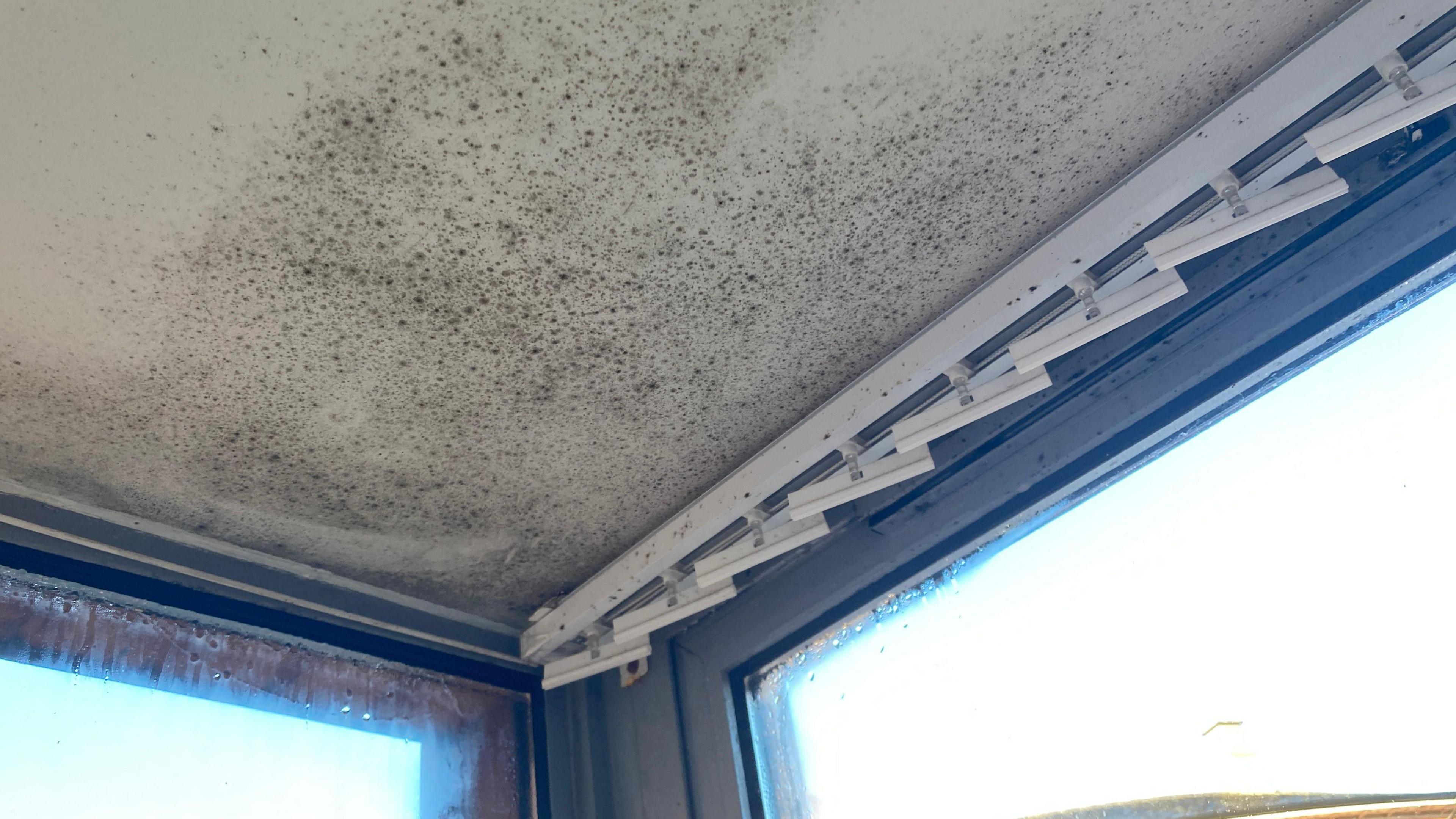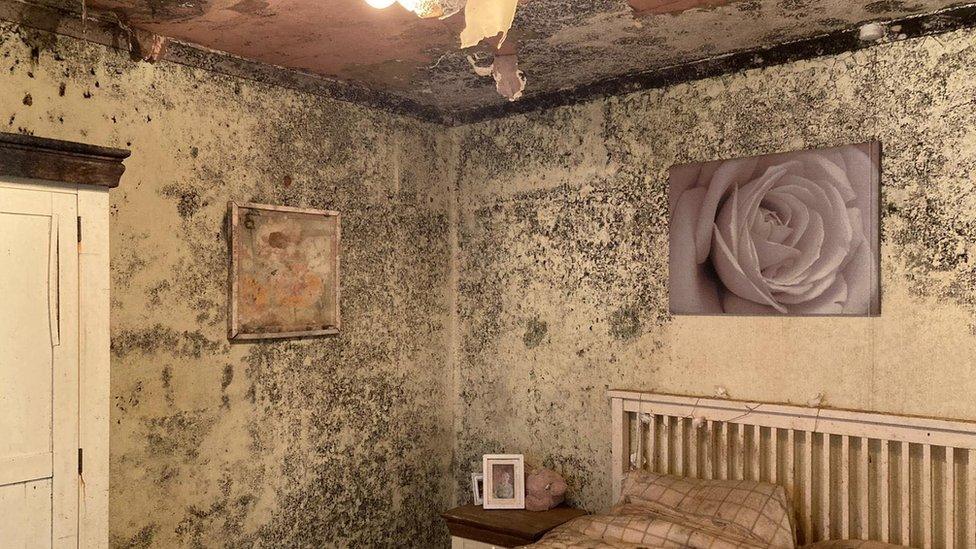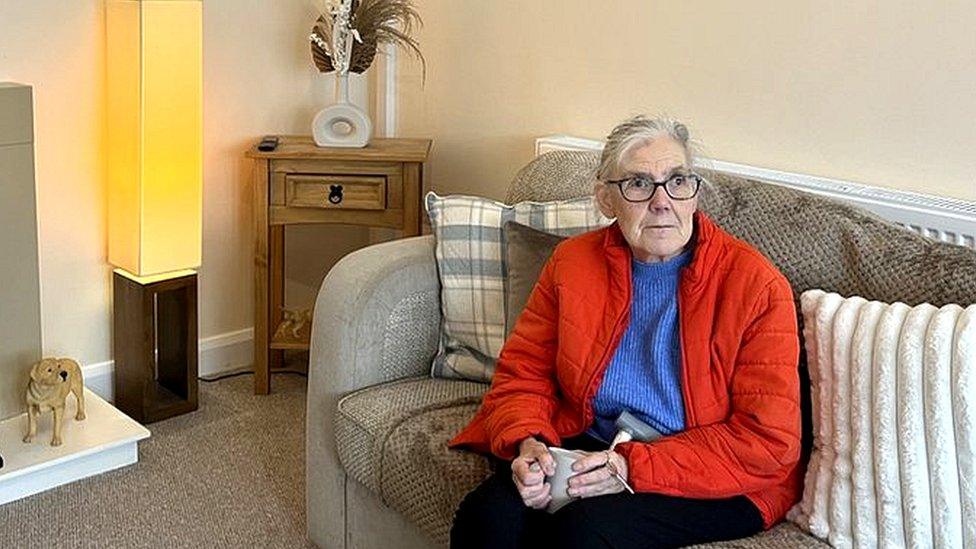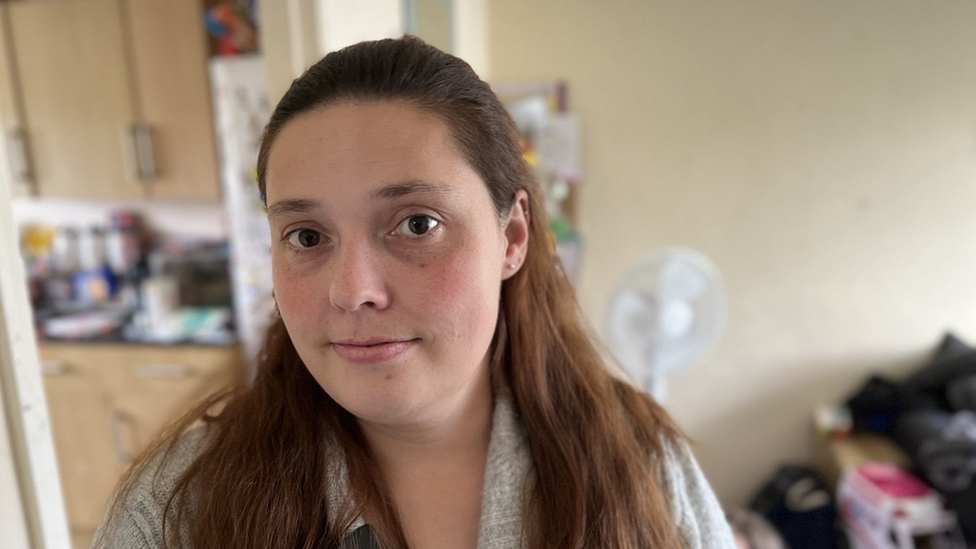Hundreds of social housing mould cases reported

Mould in homes can pose a serious health risk
- Published
There are almost 400 active cases of reported damp or mould in social housing across Wiltshire, a report has revealed.
The majority of these cases have been categorised as minimal, but 149 cases are having an “impact on indoor air quality”, whilst 59 cases have not yet been assessed.
Of the more extreme cases, 13 are “leading to increased risk of respiratory issues or allergies” and three are “posing serious health risks to occupants”.
The council's environmental committee is due to be shown the details of the report later this month, according to the Local Democracy Reporting Service.
The report reveals how Wiltshire Council is performing in its landlord role through the provision of social housing.
The council is responsible for the repair, maintenance and compliance of houses, communal blocks and sheltered living schemes.
There are approximately 5,300 of such dwellings in the county.
'Target not achieved'
But, the report shows the service is not currently meeting its target of investigating damp and mould reports within seven days.
The report notes: “The volume of reports over the autumn and winter have meant that this target has not been achieved, with the average being 11 days.
“For context, it should be noted that the proposed legal requirement on landlords will be to investigate hazards within 14 days.”
It also says that of the 59 active cases under assessment, 37 have been reported within the last 14 days and the remaining 22 cases are “a combination of difficult to access where tenants are not responding or engaging to provide access to inspect, and cases where we have not managed to respond in an adequate timescale”.
The report indicates that some “complex cases” can take years to fully resolve.
It explains: “At the most severe end of scale, a tenant can be decanted to another property while emergency works are undertaken if it was considered that the tenant was at risk.
“It should be noted that this measure has not been required to date.”
People living with mould are more likely to suffer from respiratory illnesses, infections, allergies or asthma, external.
Inhaling or touching the spores that mould releases into the air can cause an allergic reaction, such as sneezing, a runny nose, red eyes and a skin rash.
Get in touch
Tell us which stories we should cover in Wiltshire
Follow BBC Wiltshire on Facebook, external, X, external and Instagram, external. Send your story ideas to us on email or via WhatsApp on 0800 313 4630.
Related topics
- Published21 November 2023

- Published22 January 2024

- Published13 February

- Published8 August 2023
